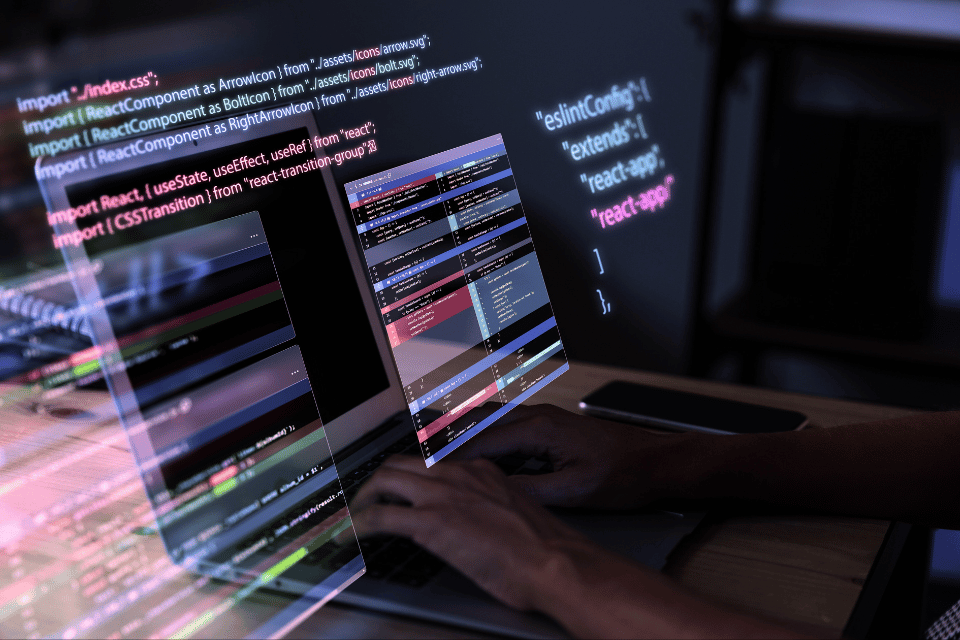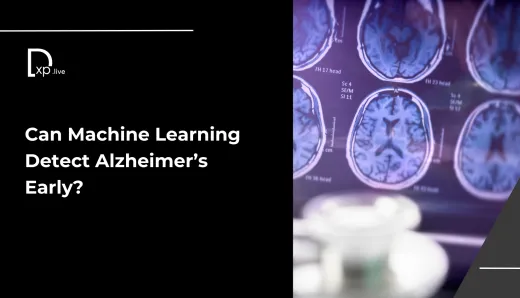Revolutionizing Software Deployment: The Impact of Automation and AI

Speed, security, and scalability have become the cornerstones of successful software deployment, and the rise of automation and artificial intelligence (AI) is revolutionizing this critical process. As systems grow more complex, these technologies are stepping up to outperform human capabilities, delivering unmatched efficiency and reliability.
This shift isn't merely an advancement—it's a leap into a new era of enterprise software deployment, establishing a new benchmark for the industry.
Automation in Safety: A Lesson from High-Speed Rail Systems
- Consider the analogy of high-speed rail systems in Europe, where automated safety systems have become essential. These systems use sensors and cameras to monitor the tracks, allowing them to react faster than human engineers ever could. This automated response is crucial for preventing accidents that could have catastrophic consequences.
- Similarly, in factories and commercial vehicles, automated systems are designed to shut down machinery or activate safety measures in response to potential dangers, all faster than a human could intervene.
- This same principle applies to software deployment. With the vast scale of cloud computing and the accelerating pace of development cycles, the need for automated systems to manage software deployment securely and efficiently is more pressing than ever.
- Just as high-speed trains rely on automated systems to ensure safety, software developers and IT teams need AI-driven tools to manage the complexities of modern software deployment.
Preventing Vulnerabilities Before Exploits
A prime example of AI's effectiveness in software deployment can be seen in the case of JFrog, a leading software supply chain platform. JFrog’s proactive approach to software security involves continuous research and development, as well as rigorous testing of its DevSecOps tools on public repositories. JFrog's vigilant monitoring recently caught a potentially devastating vulnerability—an exploitable access file left in Python code due to human error. If this backdoor had been exploited, it could have compromised countless Python systems globally.
- This incident underscores the critical role that automation and AI play in identifying and mitigating security vulnerabilities before they can be exploited.
- Human oversight, though valuable, often falls short in keeping pace with the rapid development cycles and complex interdependencies of modern software.
- AI, with its ability to scan enormous amounts of data and detect anomalies in real-time, is an indispensable tool for maintaining the security and integrity of software deployments.
Trust and Collaboration: The Human Element in Automation
- While automation and AI offer substantial advantages in software deployment, the human elements of trust and collaboration remain crucial to their success.
- Trust plays a crucial role in the success of automation. Just as experienced employees are entrusted with more complex projects, AI systems are trusted to manage critical tasks because they have consistently demonstrated reliability and efficiency.
- Maintaining and improving the systems that drive automation must accompany this trust. JFrog’s approach to handling security vulnerabilities exemplifies this balance.
- The company’s process involves not only automated detection but also a well-defined procedure for escalating issues and collaborating with affected parties.
- Whether it involves notifying a customer, contacting an open-source project lead, or flagging an issue for further investigation, JFrog’s method reflects an understanding of the importance of human collaboration in the automation ecosystem.
This integration of automation with human oversight ensures that AI-driven systems can be trusted to handle increasingly complex tasks without compromising security or accountability. It also highlights the need for continuous learning and adaptation within organizations, where AI and human expertise work in tandem to achieve the best outcomes.
Automation Begets More Automation
- As organizations continue to integrate AI and automation into software deployment, a cycle of automation leading to more automation is likely to emerge.
- AI is not only used to automate routine tasks but also to identify further opportunities for automation, driving continuous improvement and innovation.
- This expansion of automation in software deployment brings with it new challenges. As AI systems become more embedded in the software development lifecycle, new requirements such as responsibility guardrails and change management processes will be necessary to ensure that these systems are used effectively and ethically.
- These requirements, in turn, may necessitate further automation, creating a feedback loop that drives the evolution of both AI and the human roles that support it.
Elevating User Experience Through Automation
For both businesses and users, the adoption of AI and automation in software deployment offers clear benefits in terms of user experience. Automated systems enable more efficient workflows, minimize the risk of errors, and enhance security, all of which contribute to a smoother and more reliable software experience. By taking on tasks that are too complex or time-sensitive for humans to manage effectively, AI allows IT teams to focus on higher-level strategic initiatives, improving overall productivity and innovation.
As AI-driven tools become more sophisticated, they can provide personalized insights and recommendations, further enhancing the user experience. Automated security checks, real-time performance monitoring, and predictive maintenance are just a few examples of how AI empowers users to optimize their software environments in ways that were previously unimaginable.
Join the conversation! Stay ahead with the latest insights and tech news.




